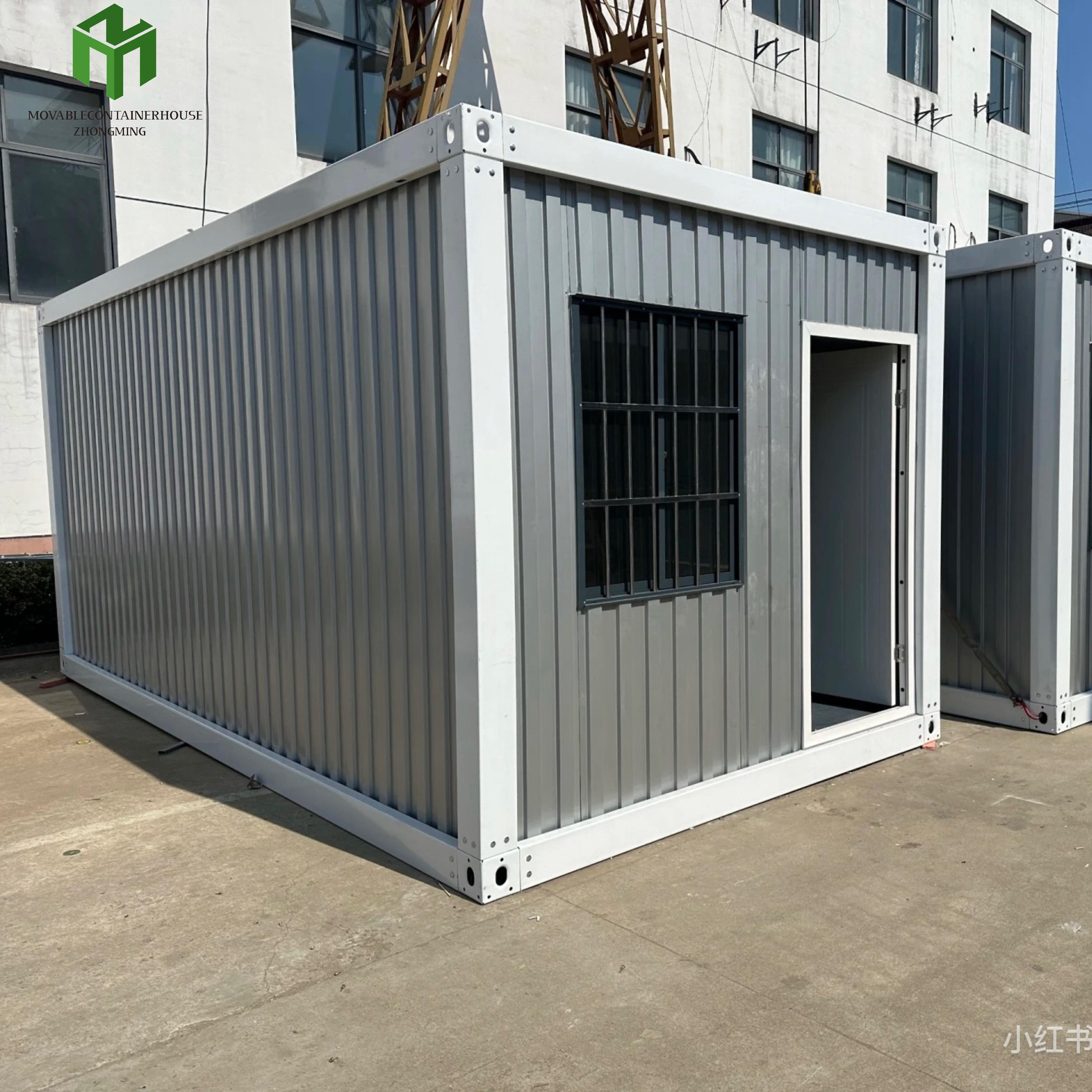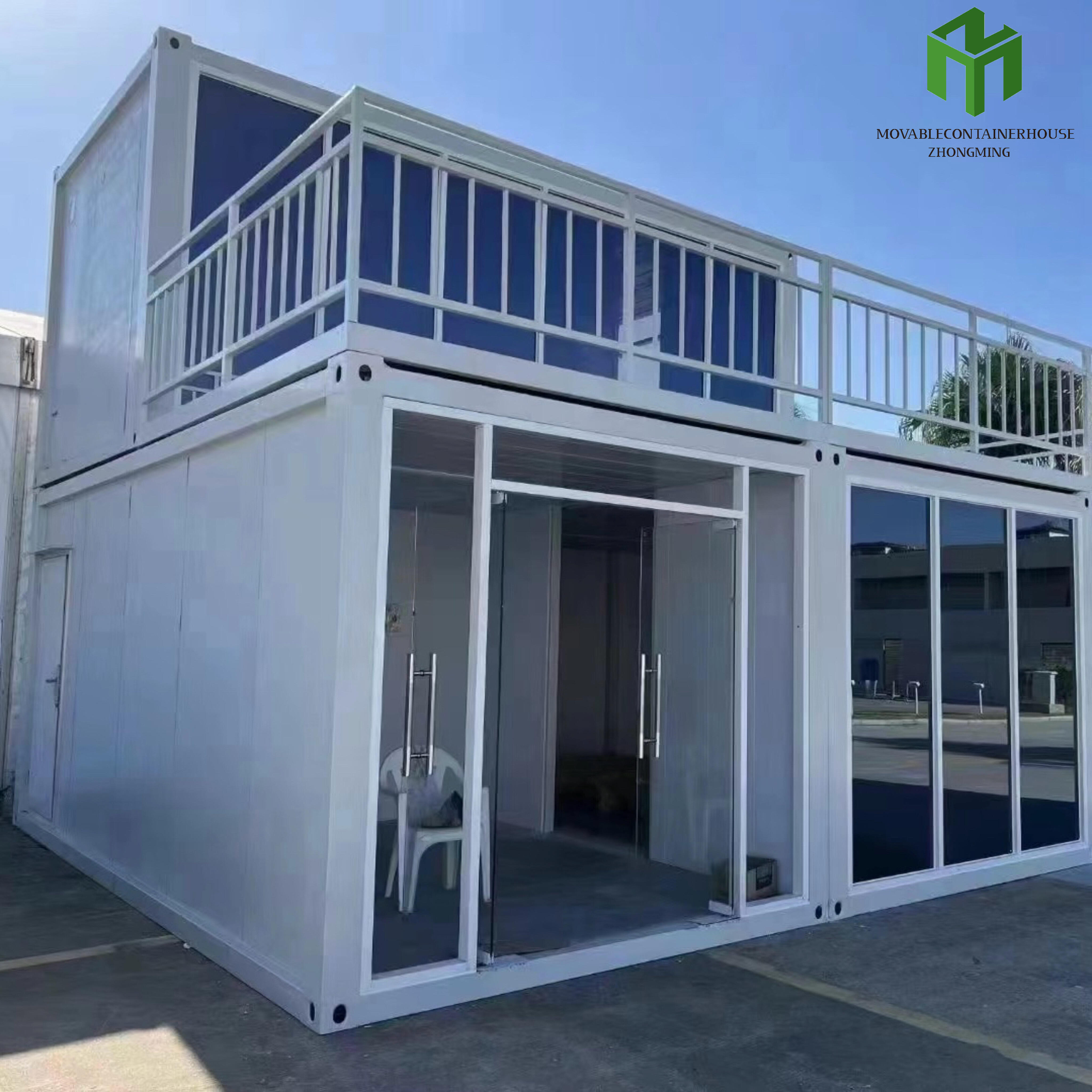The Revolutionary Approach to Modular Housing Solutions
The construction industry has witnessed a remarkable transformation with the advent of foldable container houses. These innovative dwelling solutions combine the durability of traditional shipping containers with unprecedented portability and ease of installation. Whether you're looking to establish a temporary residence, create an office space, or develop a permanent housing solution, understanding the proper transport and installation methods is crucial for a successful setup.
Modern foldable container houses represent the perfect blend of practicality and innovation, offering a sustainable alternative to conventional construction. Their unique design allows for efficient transportation and quick deployment, making them increasingly popular among both individual homeowners and commercial developers.
Pre-Transport Planning and Preparation
Essential Documentation and Permits
Before transporting your foldable container house, securing the necessary documentation is paramount. This includes transportation permits, local building codes compliance certificates, and insurance coverage. Different regions may have varying requirements for moving oversized loads, so it's essential to research and obtain all relevant permissions well in advance.
Working with experienced logistics providers who understand the specific requirements for transporting foldable container houses can significantly streamline this process. They can help navigate the complexities of permit acquisition and ensure compliance with local regulations.
Site Assessment and Preparation
A thorough site evaluation is crucial for successful installation. The foundation must be level and capable of supporting the structure's weight. Typical requirements include a concrete pad or properly compacted gravel base. Ensure adequate access for delivery vehicles and installation equipment.
Consider factors such as drainage, utility connections, and local zoning requirements during site preparation. Professional surveyors can help determine the optimal placement and orientation of your foldable container house while accounting for environmental factors.

Transportation Best Practices
Securing the Structure
Proper securing techniques are essential for safe transportation of a foldable container house. Use approved strapping methods and ensure all components are properly locked in their folded position. The structure should be thoroughly inspected for any loose elements that could cause problems during transit.
Weather protection during transport is equally important. While foldable container houses are designed to withstand various conditions, additional covering may be necessary to protect against extreme weather or road debris during transportation.
Choosing the Right Transportation Method
Select appropriate vehicles and equipment based on the size and weight of your foldable container house. Flatbed trucks are commonly used, but specialized trailers might be necessary for larger units. Consider route planning to avoid low bridges, weight restrictions, and other potential obstacles.
Timing the transportation is crucial - choosing off-peak hours can help avoid traffic and reduce the risk of delays or complications. Professional transport companies specializing in modular buildings can provide valuable expertise in this area.
Installation Process and Techniques
Unfolding and Positioning
The unfolding process requires careful attention to manufacturer specifications. Start by positioning the folded container on the prepared foundation, ensuring proper alignment with utility connections. Modern foldable container houses often feature hydraulic or mechanical systems that assist in the unfolding process.
Professional installers use specialized equipment to ensure precise positioning and level placement. This step is crucial for the structural integrity and longevity of your container house.
Utility Connections and Final Setup
Once the structure is unfolded and properly positioned, focus on establishing utility connections. This includes electrical wiring, plumbing, and any additional features specific to your foldable container house model. Professional electricians and plumbers should handle these connections to ensure safety and compliance with local codes.
The final setup involves installing any additional components like doors, windows, and interior fixtures that may have been removed for transport. This is also the time to conduct a thorough inspection of all systems and structural elements.
Post-Installation Considerations
Quality Assurance Checks
After installation, comprehensive testing of all systems is essential. This includes checking for water tightness, proper electrical function, and structural stability. Document any issues and address them promptly to ensure your foldable container house is ready for occupancy.
Regular maintenance schedules should be established to maintain the integrity and functionality of your container house. This includes periodic inspections of structural components, utility systems, and weatherproofing elements.
Environmental Integration
Consider landscaping and exterior improvements to help your foldable container house blend with its surroundings. This might include adding decking, pathways, or vegetation. These additions not only enhance aesthetic appeal but can also improve functionality and energy efficiency.
Implementing climate-appropriate solutions, such as shade structures or additional insulation, can optimize your container house's performance in its specific location.
Frequently Asked Questions
How long does it take to install a foldable container house?
The installation time typically ranges from one to three days, depending on the size of the unit and site conditions. This includes basic setup and utility connections, though more complex installations may require additional time.
What type of foundation is required for a foldable container house?
A level, stable foundation is essential - typically either a concrete pad or properly prepared gravel base. The specific requirements depend on local building codes, soil conditions, and the size of your container house.
Can a foldable container house be relocated after installation?
Yes, one of the main advantages of a foldable container house is its mobility. However, proper planning, professional assistance, and adherence to local regulations are necessary for any relocation process.


